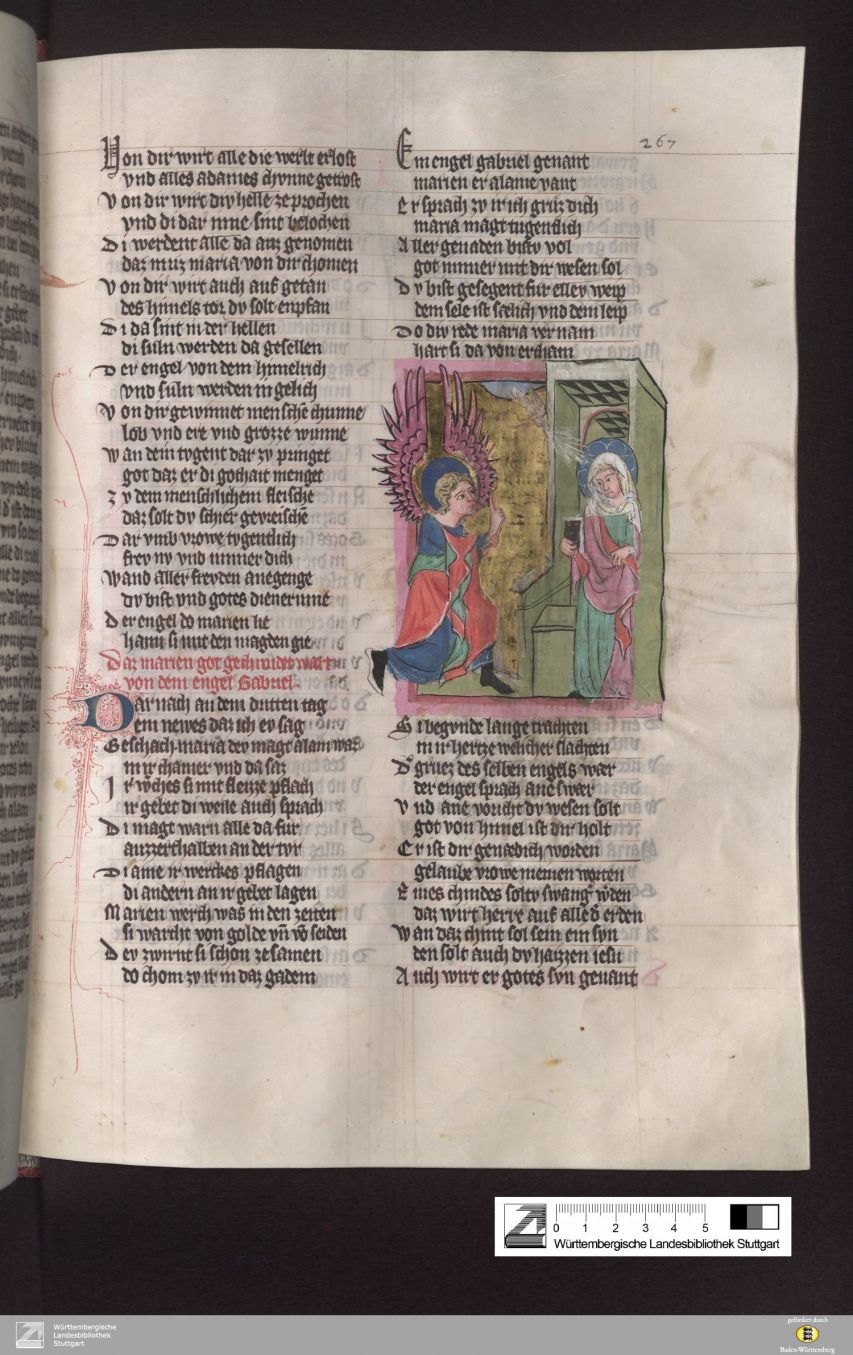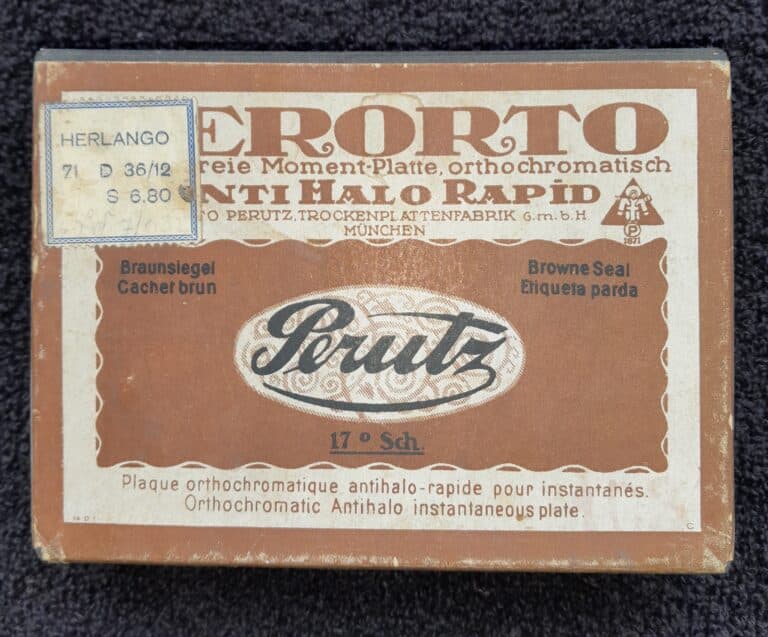Exhibition "Poetry in the Middle Ages"
Wednesday, 17 April 2019
Concept and history of the exhibition
Poetry enables us like no other medium to penetrate a different world of thought over the centuries, to hear anew what is inscribed in this so-called beautiful literature in terms of world knowledge, values and feelings. Sometimes it is individual sentences that stand out because they get to the heart of central life messages. The exciting questions are: What specific lifeworlds, textual contexts and motivations underpin these historical short messages, and what do they still tell us today?To find answers to these questions, five renowned writers from medieval Styria came together as life-size figures in the exhibition "1TP5Poet's Life - Medieval 'tweets' from Styria" at the Styrian Provincial Archives between May 2016 and July 2018 and told their own personal success stories in a kind of poetry competition: Ulrich von Liechtenstein, Herrand von Wildon, Hugo von Montfort, Brother Philipp von Seitz and the monk Andreas Kurzmann. In keeping with the exhibition's linguistically creative and autobiographical approach, all of these word artists are united by the exhibition title Dichterleben. By shaking the letters of this title, very individual subtitles could be obtained as anagrams, which - coincidence or not - fit well with each of the five authors; their wording is revealed on the project page http://gams.uni-graz.at/context:lima?mode= dichterleben or to Brother Philipp already here below.The exhibition was organised in 2015/16 by the University Association Styrian Literary Paths of the Middle Ages in cooperation with the Sparkling Science project Arbeitskoffer and offered a variety of opportunities to come into contact with the literature and language of the Styrian Middle Ages and to immerse oneself in the world of life and imagination of the poet personalities. In the summer of 2018, it was finally time for the poets to pack up their tents in the provincial capital and travel to wherever they were invited to share their literary messages: Ulrich von Liechtenstein, Herrand von Wildon and Andreas Kurzmann moved to the home towns of their literary trails in Unzmarkt-Frauenburg, Wildon and Neuberg an der Mürz respectively, Count Hugo von Montfort found a home in Frohnleiten not far from his Pfannburg castle, and Brother Philipp the Carthusian from the Slovenian monastery of Seitz/Žiče travelled to Admont Abbey and thus close to the curative literature trail there. All Styrian authors remain in virtual contact with their followers via their portals. How our poets have successfully presented themselves in the Styrian Provincial Archives over the past two years can be experienced up close in this virtually archived tour: 360-degree tour of the exhibition in the Styrian Provincial Archives: http://gams.uni-graz.at/lima/dichterleben360
In accordance with the original concept, the so-called Twitter niche forms the centre of each of the five exhibition modules: it invites visitors to linger, to read the selected poetry dangling under the niche arch and to browse through the anthology "Literarische Verortungen". Furthermore, each module - including the one on Brother Philipp von Seitz - features an "I" side on the left and a "he" side on the right: in the former, the author talks about himself on three panels (supported by the exhibition director), while in the latter, three panels also talk about him (provided by Dr Gernot Obersteiner, Director of the Styrian Provincial Archives); each of the two sides is supplemented by illustrative panels on the author (left) and (right) on his historical life. This reflection between the inside and outside view is also reflected in the banners attached to the left and right of the niche: On the left dichterleben side, those passages or messages from the author's main text in which the author says something about himself are highlighted; on the right (under the programmatic dichterleben anagram), sentences from another section of the text are highlighted: they refer to events and characters from the narrative structure in a kind of first-person perspective.
Philipp von Seitz
This is all that is known about Brother Philipp's life: He was a Carthusian monk and lived in the Seitz Charterhouse in Lower Styria (today Žiče in Slovenia) around 1300. In 1316, he founded the Mauerbach Charterhouse near Vienna with six other monks from Seitz, where he died in 1345 or 1346. His origins are not certain, but studies of his rhymes have shown that he probably came from the central or northern German region.brother Philipp is the author of the "Life of Mary", a 10,000 verse 'biography' of the Mother of God. This outstanding work was probably written in Seitz between 1300 and 1316. He dedicated this work to the knights of the Teutonic Order, who were also responsible for its dissemination. Today we still know of over 100 textual witnesses to the "Life of Mary", making it the richest surviving work of poetry in the German-speaking Middle Ages. It is therefore possible to speak of a medieval 'bestseller', especially as, in addition to the 100 or so manuscripts, late medieval prose versions and many partial survivals are also known. The "Life of Mary" reproduces material from the Bible as well as apocryphal content. Philipp orients himself freely on a Latin model, whereby he moulds the individual episodes into a coherent plot. The entire life is narrated: from Mary's parents, Joachim and Anna, to Mary's marriage to Joseph and the birth of Jesus. It tells of the family's flight to Egypt, Jesus' return and his ministry up to his passion and resurrection. Philip concludes with Mary's life after the ascension of her son and her death, her own ascension and her coronation as Queen of Heaven. At first glance, reducing the poetic mission of the Carthusian monk Philipp von Seitz to his poetic life anagram Belichtender may seem too short-sighted. However, if one understands his poetry, which is still known throughout Europe today because it is preserved in so many scattered manuscripts, as a contribution to perhaps the most radiant and, in all its colourfulness, purest Marian devotion ever written, then he really did cast a kind of supernatural ray of light on the world of the Middle Ages in a special way. He is welcome at Admont Abbey, where the manuscript containing excerpts from his extensive "Life of Mary", which was already on display in the exhibition at the Provincial Archives, is kept. The literary trail to "Bartholomew of Admont" also begins at the monastery, which is a perfect fit: While this path around the monastery is mainly responsible for physical well-being, Brother Philipp takes care of literary pastoral care in the monastery.
Opening hours and contact persons
During the museum season or by appointment in the archive or library area of the monastery: MMag. Prior Maximilian Schiefermüller O.S.B., Mag. Dr Karin Schamberger MA
Exhibition management
Ao. Univ.-Prof. Dr Wernfried Hofmeister on behalf of the university association "Steirische Literaturpfade des Mittelalters": https://literaturpfade.uni-graz.at





